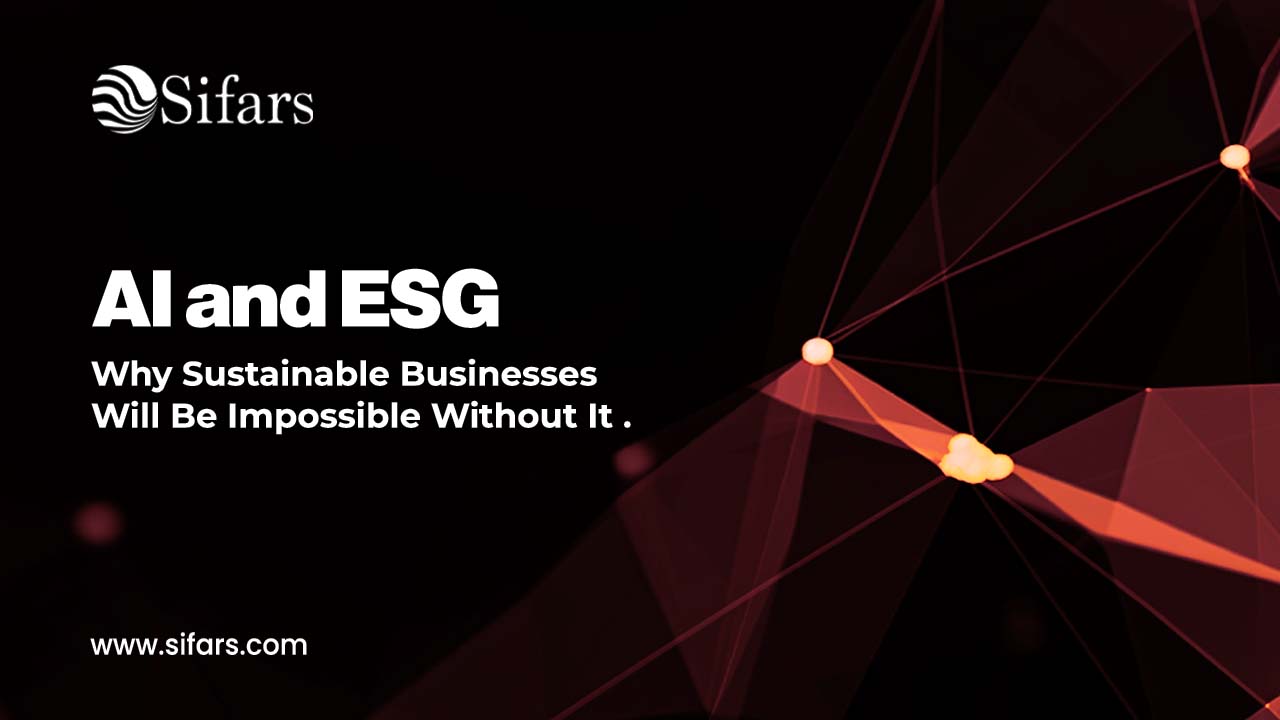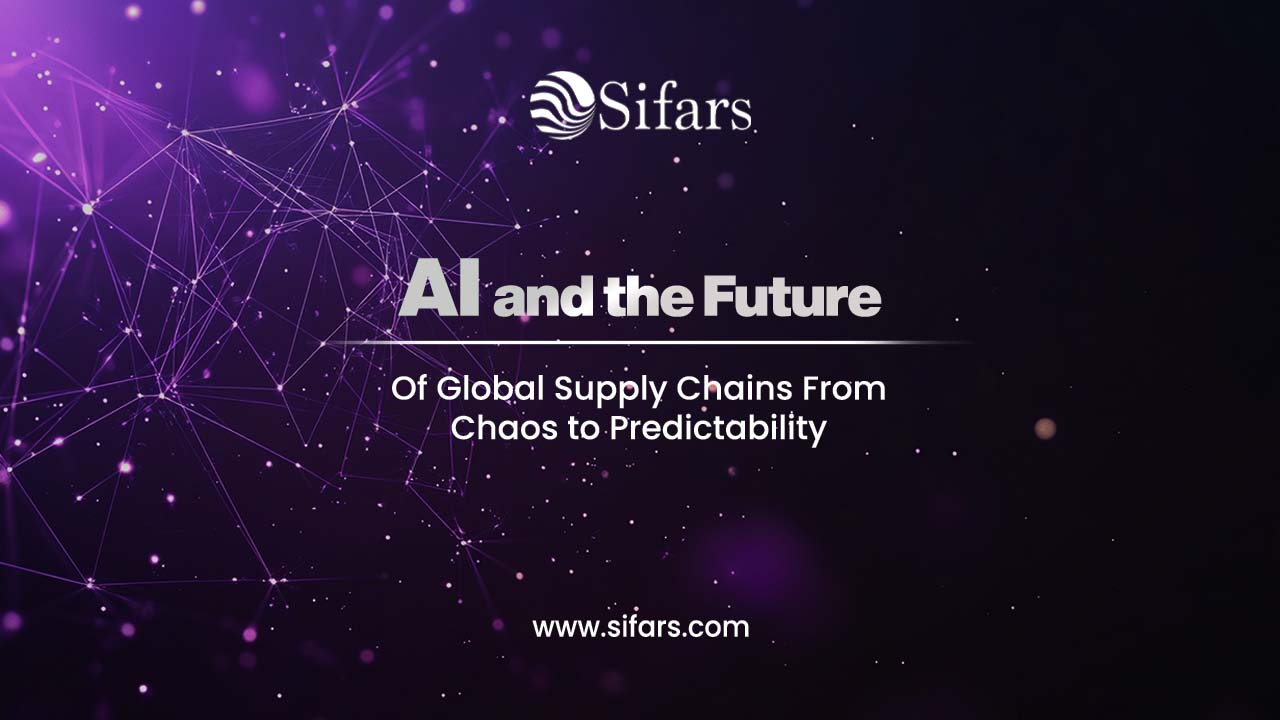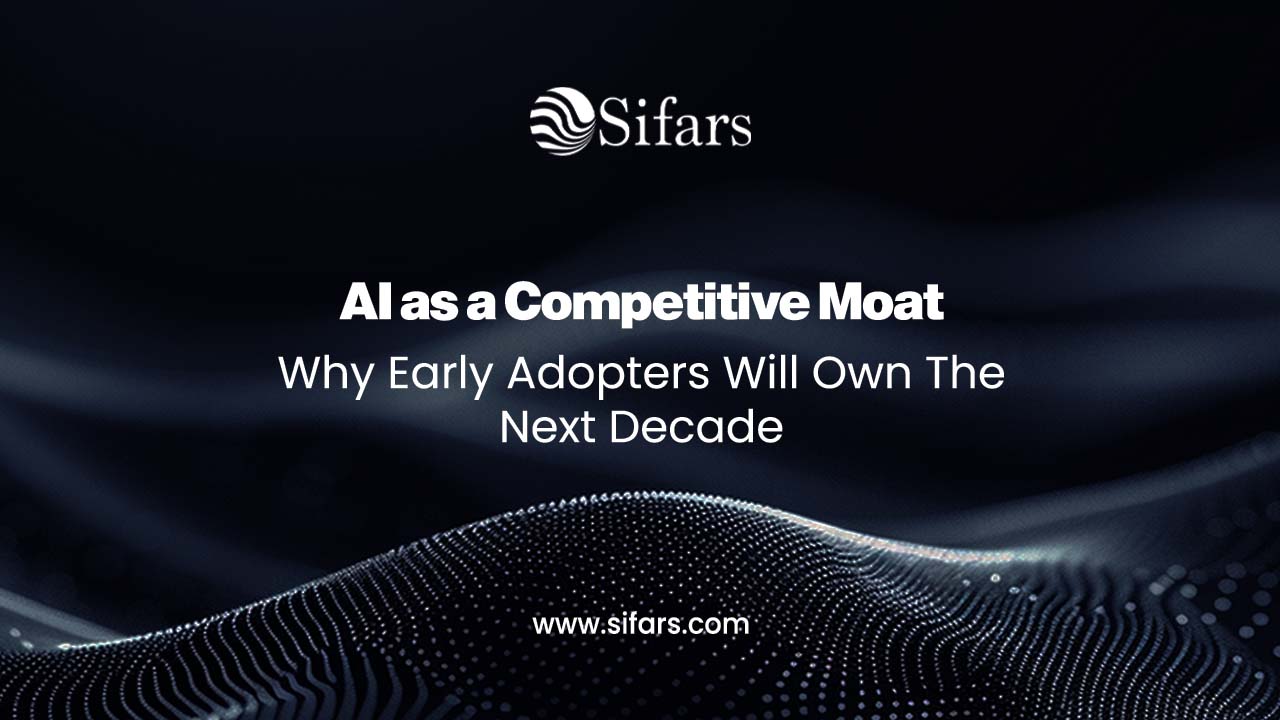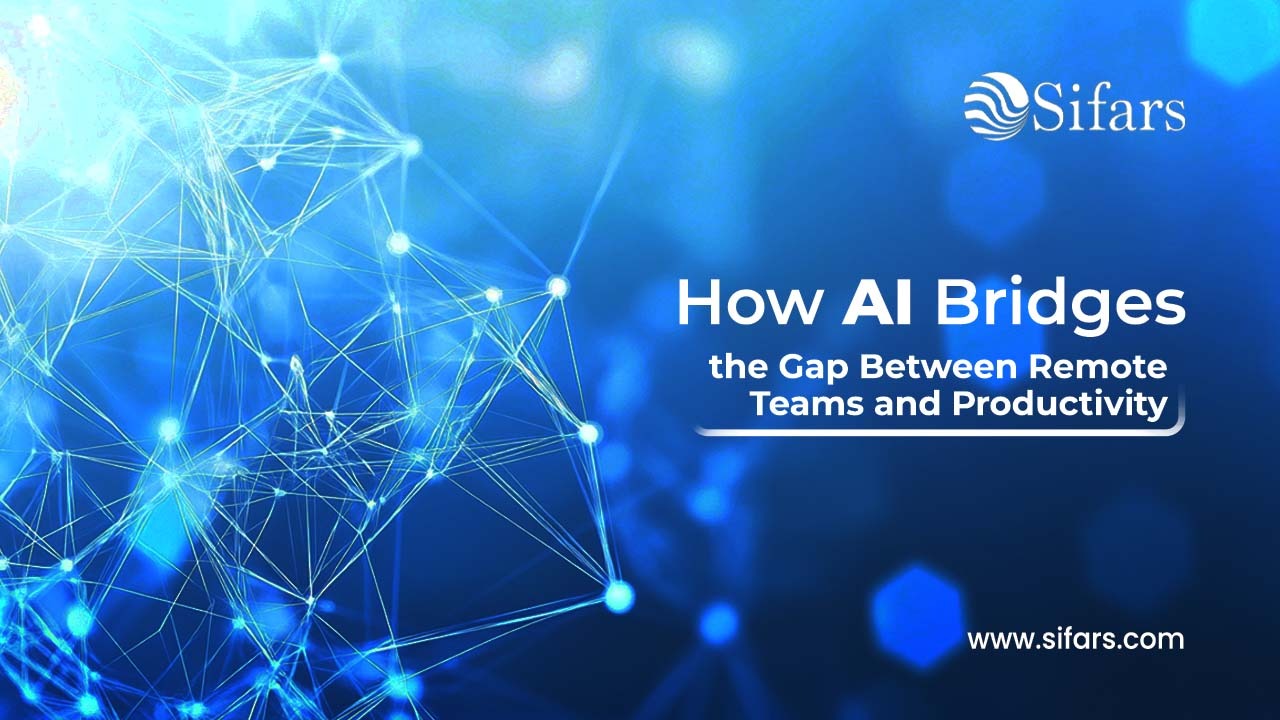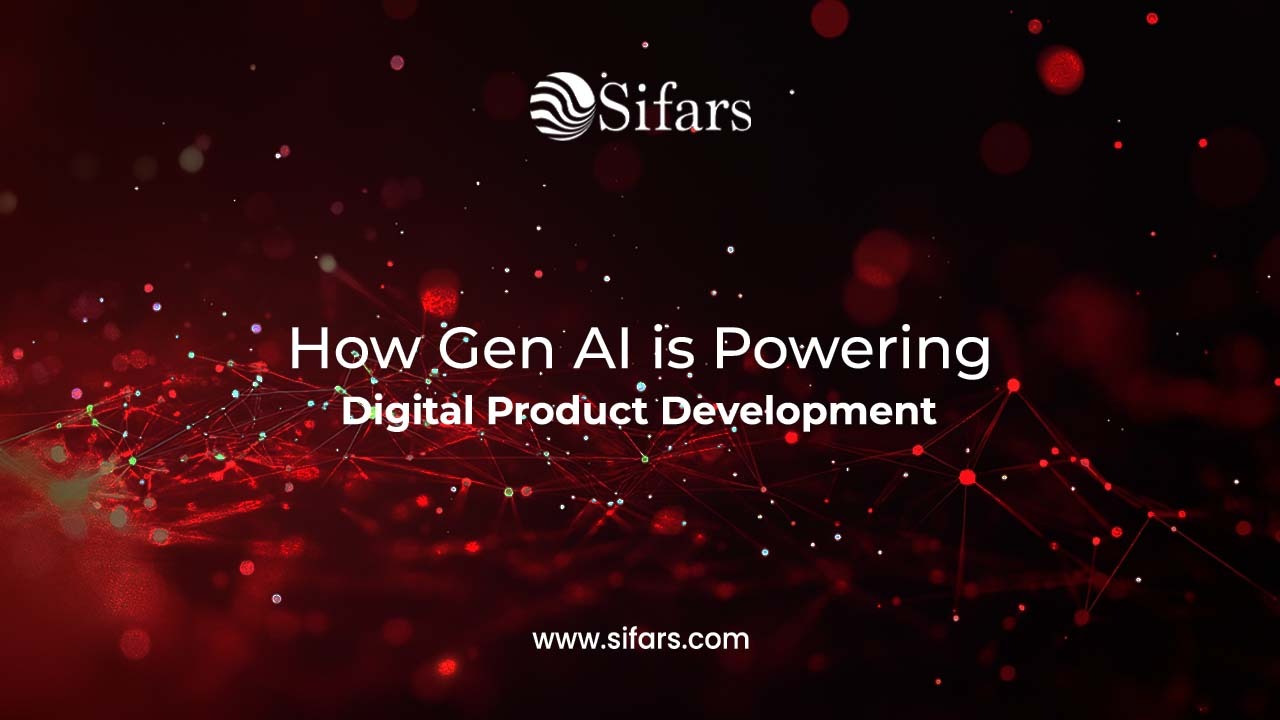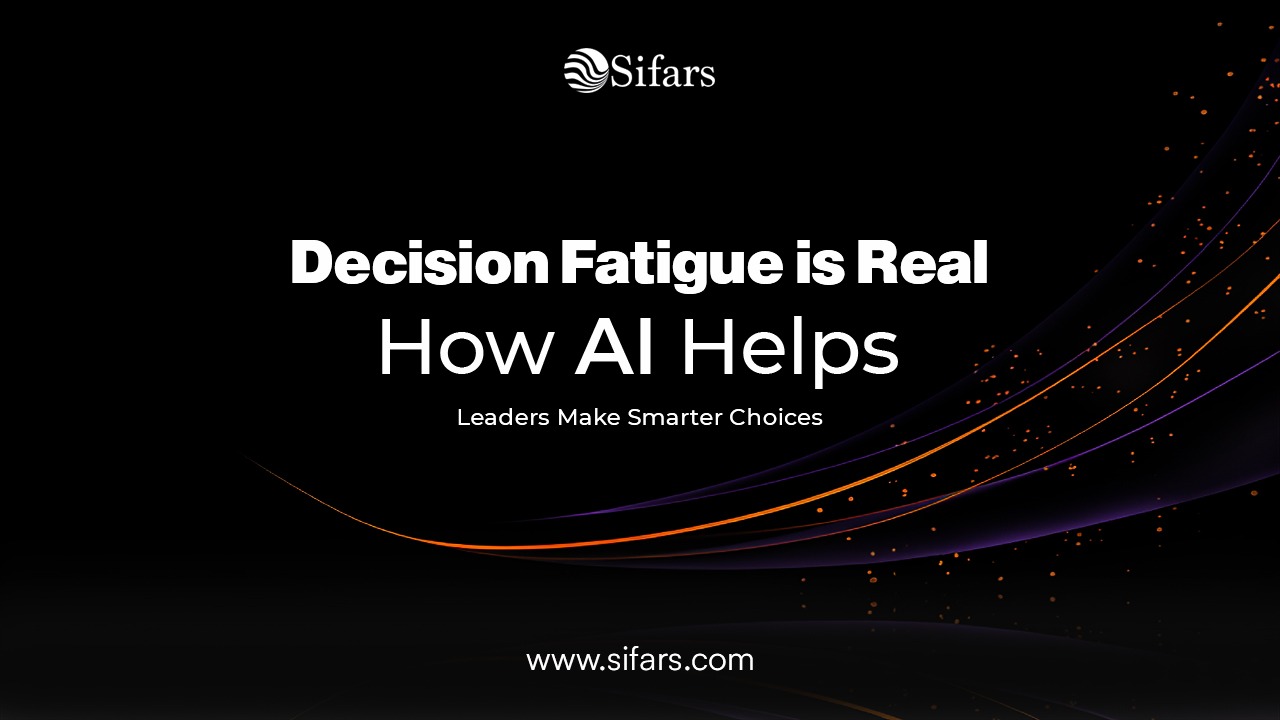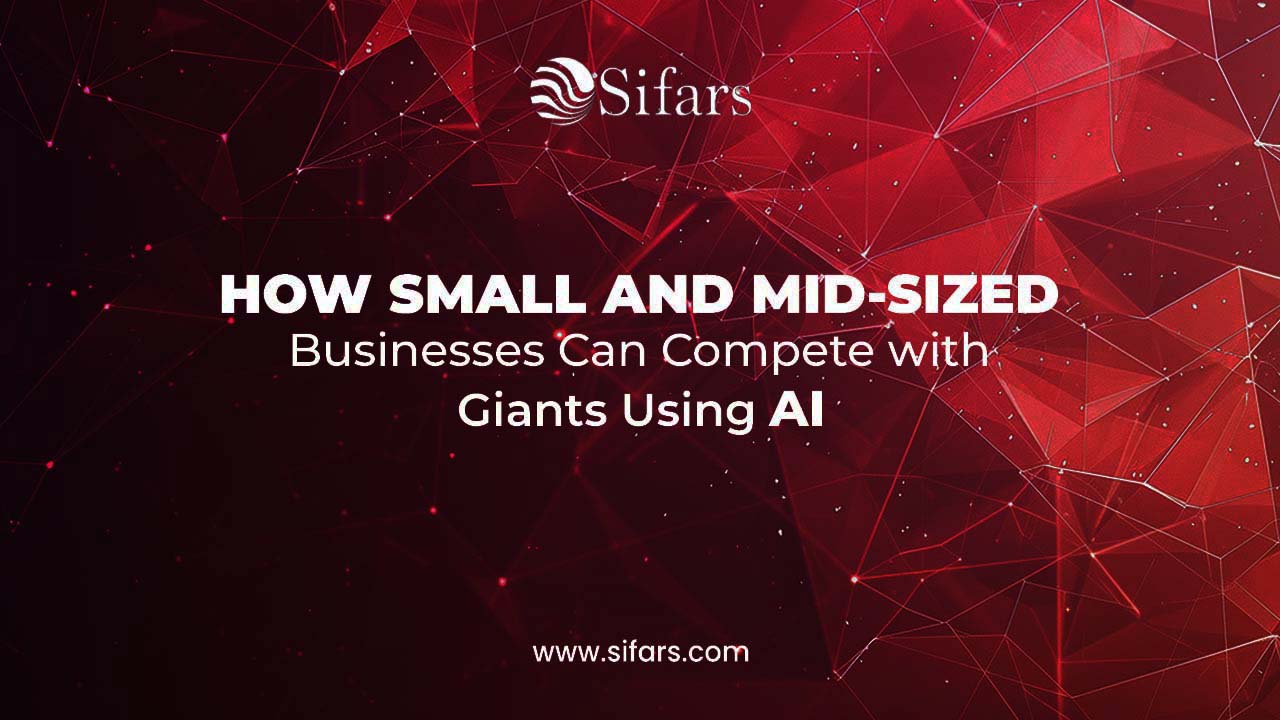A Credit System Stuck in the Past
Credit scores have been the backbone of financial decision-making for decades. Whether it’s applying for a mortgage, securing a business loan, or accessing credit cards, these three-digit numbers hold enormous power. But here’s the problem: traditional credit scoring systems are fundamentally outdated. They rely heavily on narrow metrics such as payment history, outstanding debt, and credit inquiries. For millions of individuals and businesses, this means their true creditworthiness is overlooked.
This outdated system excludes entire populations—new entrepreneurs, gig economy workers, and even financially responsible individuals without traditional credit histories. At the same time, it often misjudges risks, leaving lenders vulnerable to defaults.
This is where artificial intelligence services come in. By leveraging AI solutions for businesses, financial institutions can move beyond rigid, one-size-fits-all formulas and unlock a more accurate, inclusive, and predictive model for credit scoring. The future of credit scoring isn’t about replacing numbers—it’s about making them smarter, fairer, and more dynamic.
The Limitations of Traditional Credit Scoring
To understand why AI-driven credit scoring is gaining traction, we need to examine the flaws in the current system.
- Over-Reliance on Historical Data
Traditional credit scores look backward rather than forward. They only assess past behavior, ignoring emerging financial patterns that could better predict future repayment capacity. - Exclusion of Underbanked Populations
Millions of people—especially in developing economies—lack formal credit histories. Freelancers, small business owners, and gig workers often get unfairly penalized simply because their income flows don’t fit conventional molds. - Slow to Adapt
Credit bureaus update scores periodically, not in real-time. This means sudden positive or negative changes in a person’s financial health may not be reflected quickly enough. - Bias in Decision-Making
Traditional credit scoring models often perpetuate systemic bias, disproportionately affecting minorities, women, and small business owners without established credit.
These issues highlight why AI consulting and advanced AI solutions are being explored by forward-thinking financial institutions.
How AI is Reshaping Credit Scoring
Artificial intelligence introduces a paradigm shift in how lenders assess risk and trustworthiness. With business automation powered by AI, credit scoring can move beyond limited, outdated metrics.
1. Alternative Data Sources
AI doesn’t just rely on bank statements and credit history. It analyzes alternative data, including:
- Utility bill payments
- Rental history
- Mobile payment transactions
- Social and digital footprints
- Employment records and cash flow patterns
This enables lenders to evaluate a far more comprehensive financial profile, especially for underbanked populations.
2. Real-Time Scoring
Unlike static systems, AI-driven credit models continuously update. A sudden change in income, spending habits, or savings patterns can be factored in instantly. This real-time approach reduces risk for lenders and creates opportunities for borrowers who are improving their financial discipline.
3. Predictive Analytics
Through AI for businesses, predictive models can anticipate repayment behavior before it happens. These models leverage machine learning to spot patterns—like early signs of financial stress—that traditional models simply can’t detect.
4. Reduced Bias with Explainable AI
AI, when designed responsibly, can reduce human bias by standardizing evaluation criteria. With explainable AI, financial institutions can ensure transparency while still leveraging complex algorithms. This reassures regulators and builds borrower trust.
The Business Case for AI in Credit Scoring
For financial institutions, the adoption of artificial intelligence services isn’t just about innovation—it’s about survival.
- Expanding Customer Base
By including alternative data, lenders can reach new borrowers who were previously invisible to traditional systems. For example, a freelancer with no prior loan history but consistent monthly payments can finally access affordable credit. - Lower Default Rates
Predictive models give lenders a more accurate picture of risk. By spotting red flags earlier, institutions can proactively manage credit lines and reduce loan defaults. - Operational Efficiency
Credit evaluation powered by business automation with AI reduces manual review, speeds up decision-making, and cuts costs. Faster approvals enhance customer experience while improving profitability. - Regulatory Compliance and Transparency
With explainable AI frameworks, lenders can meet regulatory requirements while also maintaining fairness and accountability in decision-making.
Real-World Examples of AI-Powered Credit Scoring
Several companies are already pioneering the use of AI in credit scoring, proving its potential impact:
- Upstart: Uses AI and machine learning to evaluate borrowers beyond FICO scores, considering factors like education and employment.
- Zest AI: Specializes in explainable AI models that help lenders make fairer, faster credit decisions.
- LenddoEFL: Leverages alternative data, including mobile and digital behavior, to score individuals in emerging markets.
These real-world applications demonstrate how AI solutions for businesses can redefine financial inclusion and risk management.
The Role of AI in Global Financial Inclusion
One of the most powerful promises of AI in credit scoring is its ability to extend financial access to underserved populations.
- Emerging Markets: Millions in Africa, Asia, and Latin America are unbanked but use mobile payments daily. AI can transform this data into creditworthiness insights.
- Gig Economy Workers: Freelancers and contractors often lack steady income but display responsible payment patterns. AI can capture these nuances.
- Small Businesses: Traditional systems disadvantage new or micro-enterprises. AI-powered evaluation of cash flow and transactional data provides a fairer chance.
By making credit systems more inclusive, AI consulting firms like Sifars can help create opportunities for businesses and individuals worldwide.
Challenges of AI in Credit Scoring
While the benefits are clear, AI in credit scoring also faces challenges:
- Data Privacy Concerns
Using alternative data raises ethical and legal questions. Institutions must ensure compliance with privacy regulations like GDPR. - Algorithmic Bias
Poorly trained models can still perpetuate bias. Continuous auditing and explainability are essential. - Regulatory Scrutiny
Financial regulators demand transparency in credit decisions. AI models must balance complexity with interpretability. - Adoption Costs
Implementing AI requires investment in infrastructure, talent, and partnerships with AI consulting firms. Smaller lenders may find this challenging without external support.
The Future: AI-Driven Credit Ecosystems
The future of credit scoring isn’t just about making fairer decisions—it’s about creating an entirely new financial ecosystem.
- Dynamic Credit Scores: Instead of static numbers, borrowers could have evolving scores that adjust in real-time.
- Global Accessibility: AI-powered credit systems will enable cross-border lending, helping individuals and businesses access funding globally.
- Personalized Lending Products: With detailed data, lenders can create customized loan products that fit specific borrower profiles.
- Integration with ESG Goals: AI will help align lending with environmental, social, and governance standards, promoting responsible finance.
Why Businesses Should Act Now
Early adoption of artificial intelligence services in credit scoring isn’t just a competitive advantage—it’s a strategic necessity. Financial institutions that delay risk falling behind as more agile competitors capture underserved markets.
By partnering with AI consulting experts like Sifars, businesses can:
- Build scalable AI-driven credit models.
- Reduce operational costs through business automation with AI.
- Expand their customer base by serving underbanked communities.
- Stay compliant with global regulations through explainable AI systems.
A Smarter, Fairer Future with AI
The future of credit scoring lies in moving beyond rigid traditional metrics toward smarter, data-driven insights powered by AI. By embracing AI solutions for businesses, financial institutions can unlock more accurate predictions, extend credit to underserved populations, and build trust through transparent and fair evaluations.
This shift isn’t optional—it’s inevitable. Those who act early will shape the next decade of finance, while those who cling to outdated models risk being left behind.
At Sifars, we believe in designing AI solutions that bridge the gap between innovation and trust. From AI consulting to custom business automation with AI, we help businesses build future-ready systems that drive efficiency, inclusion, and growth.
Are you ready to embrace the future of credit scoring?
Connect with Sifars today and let’s shape smarter financial ecosystems together.

